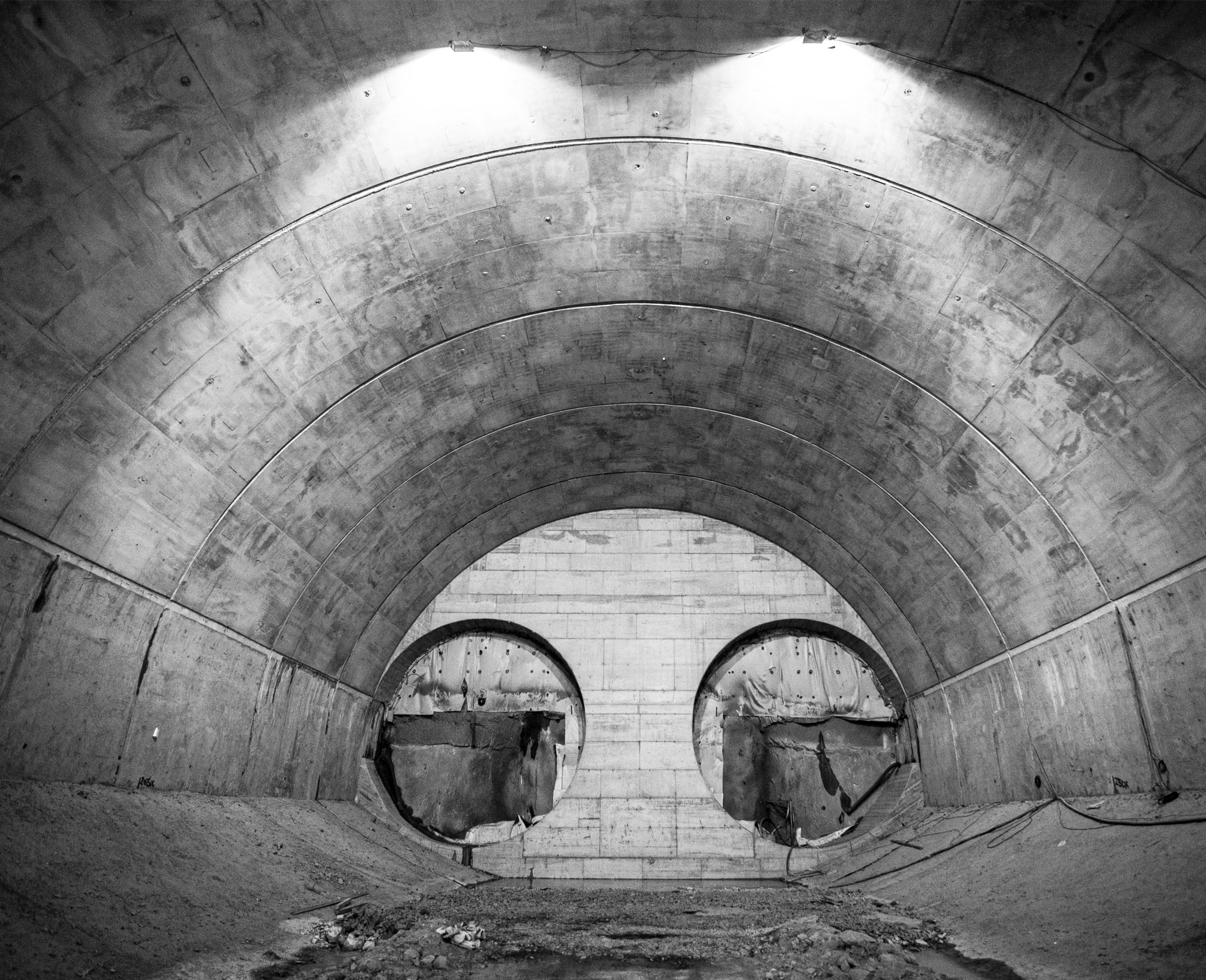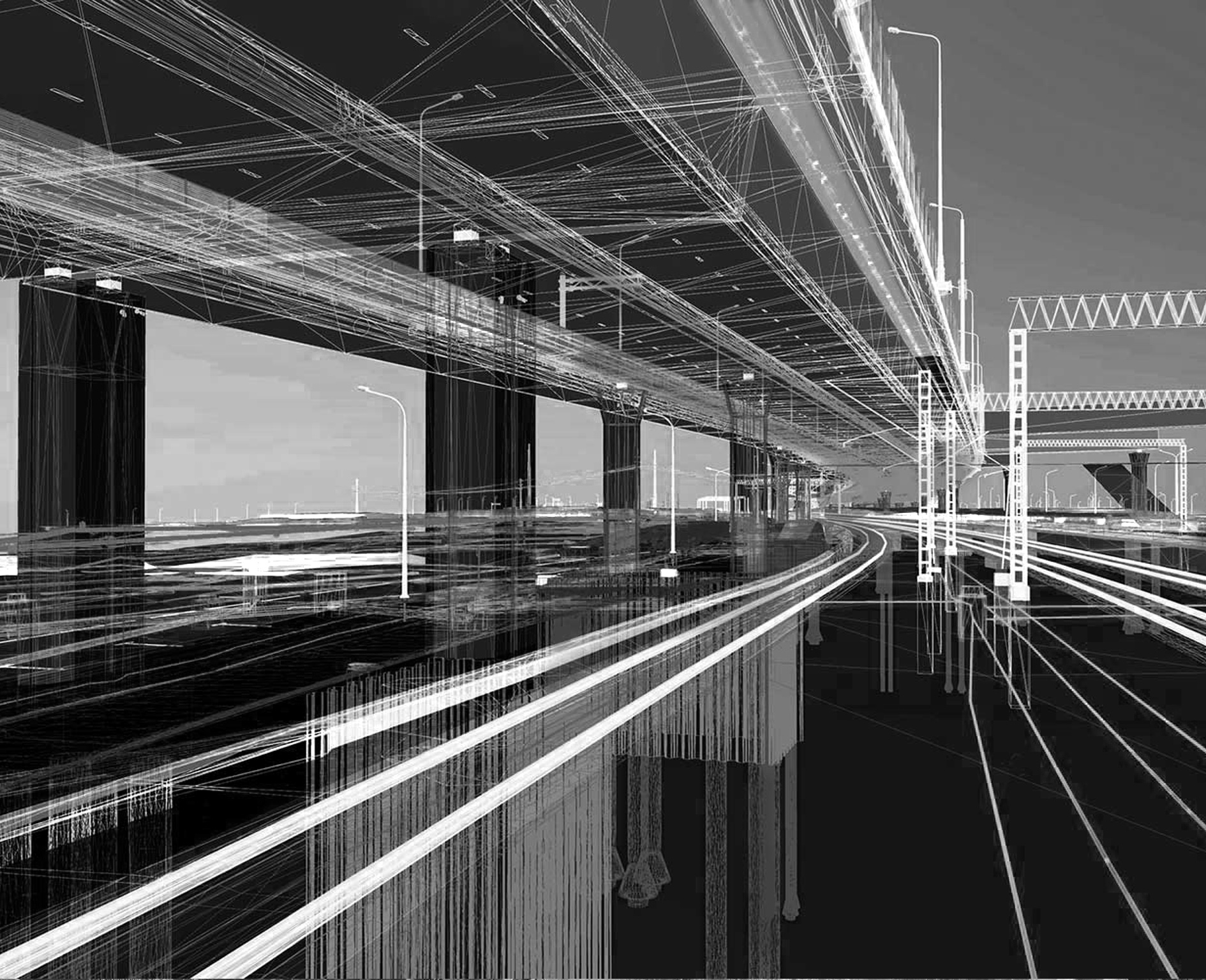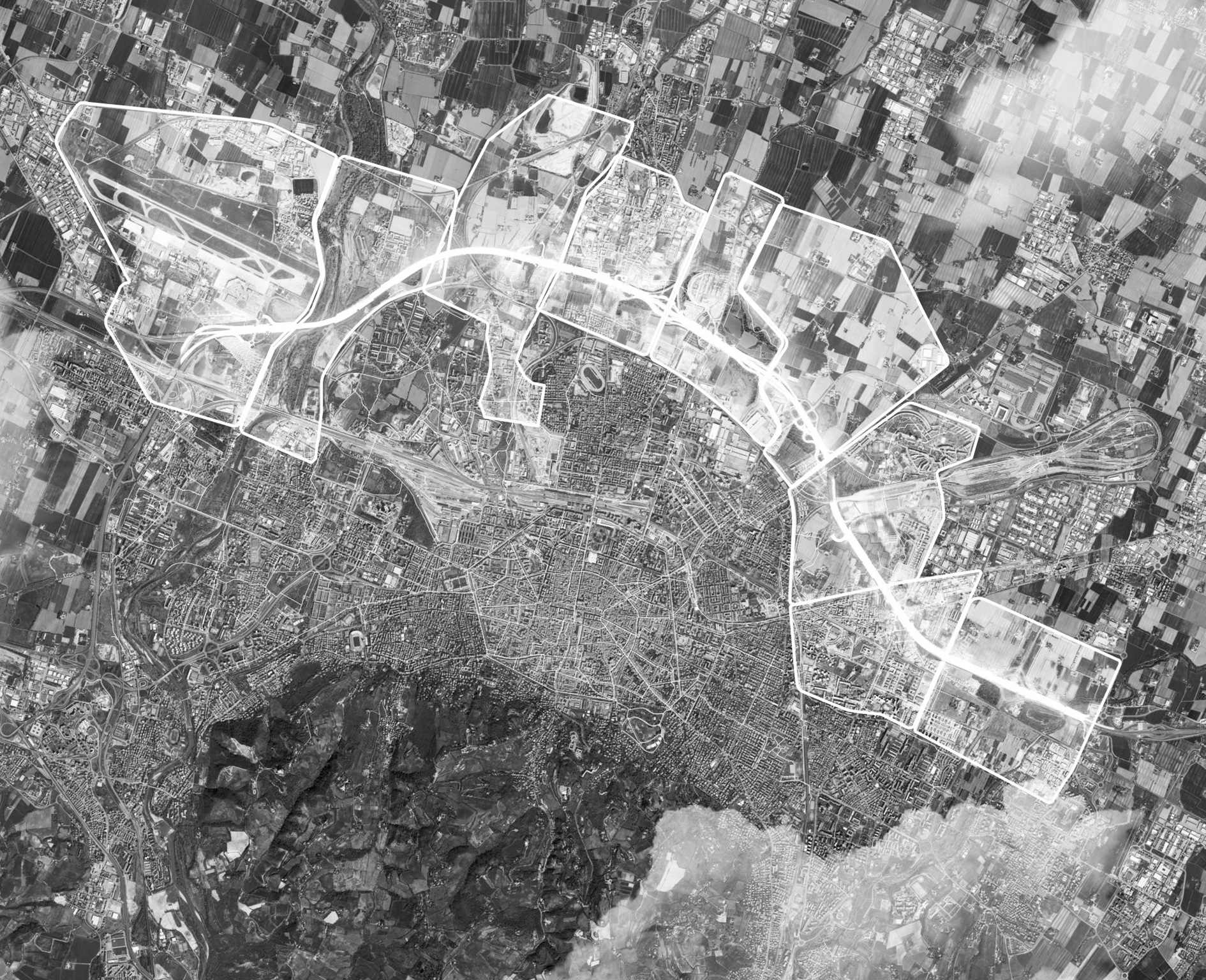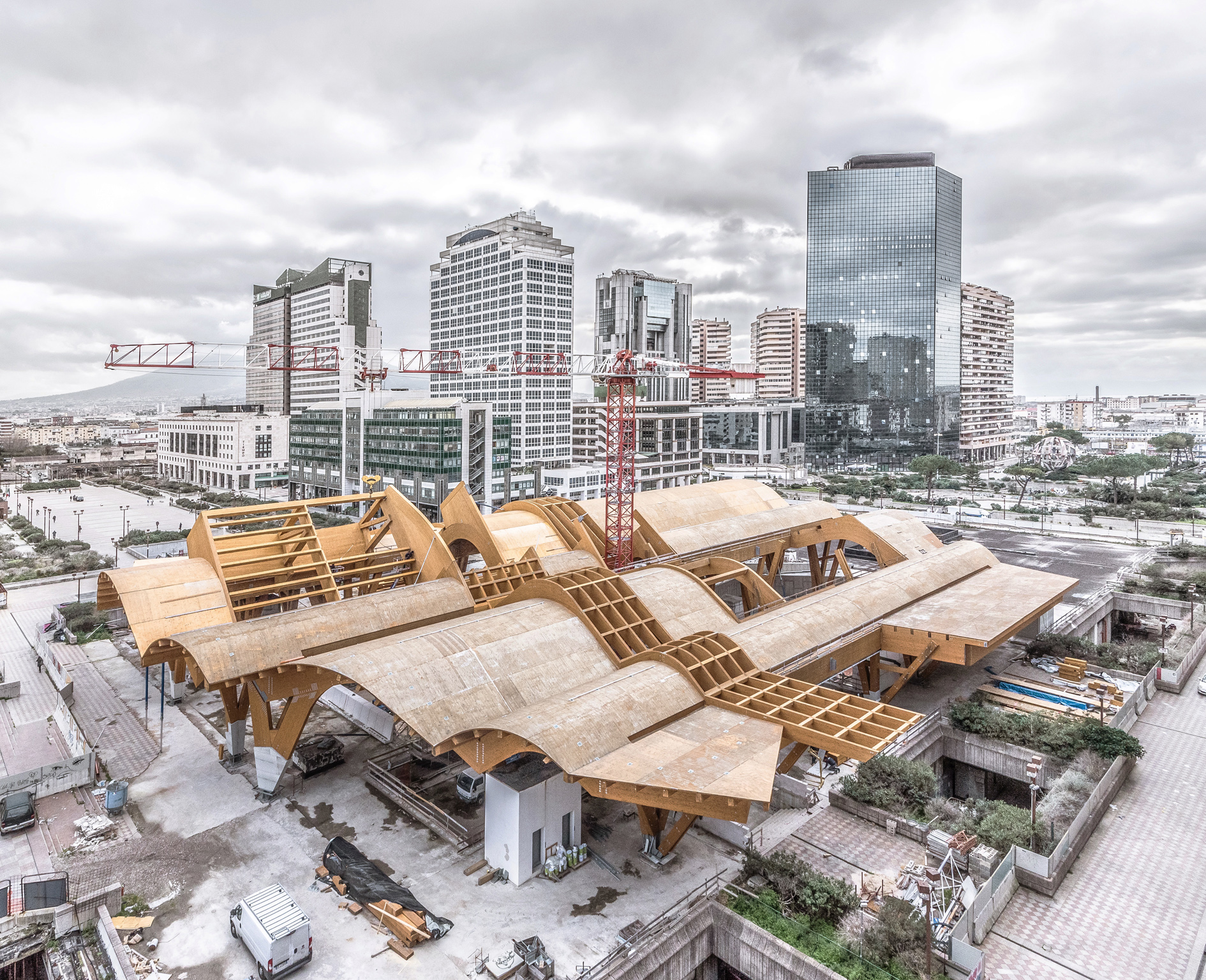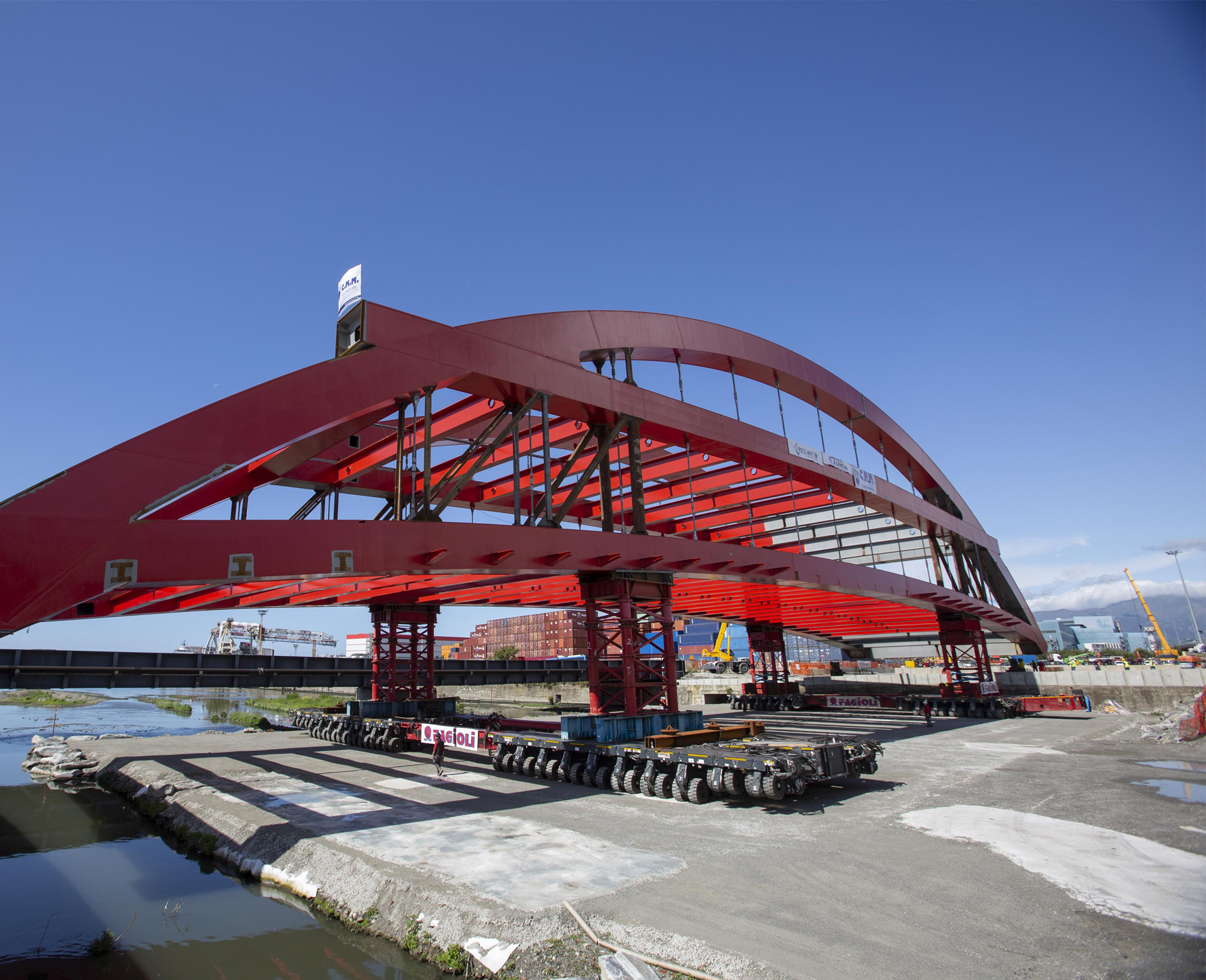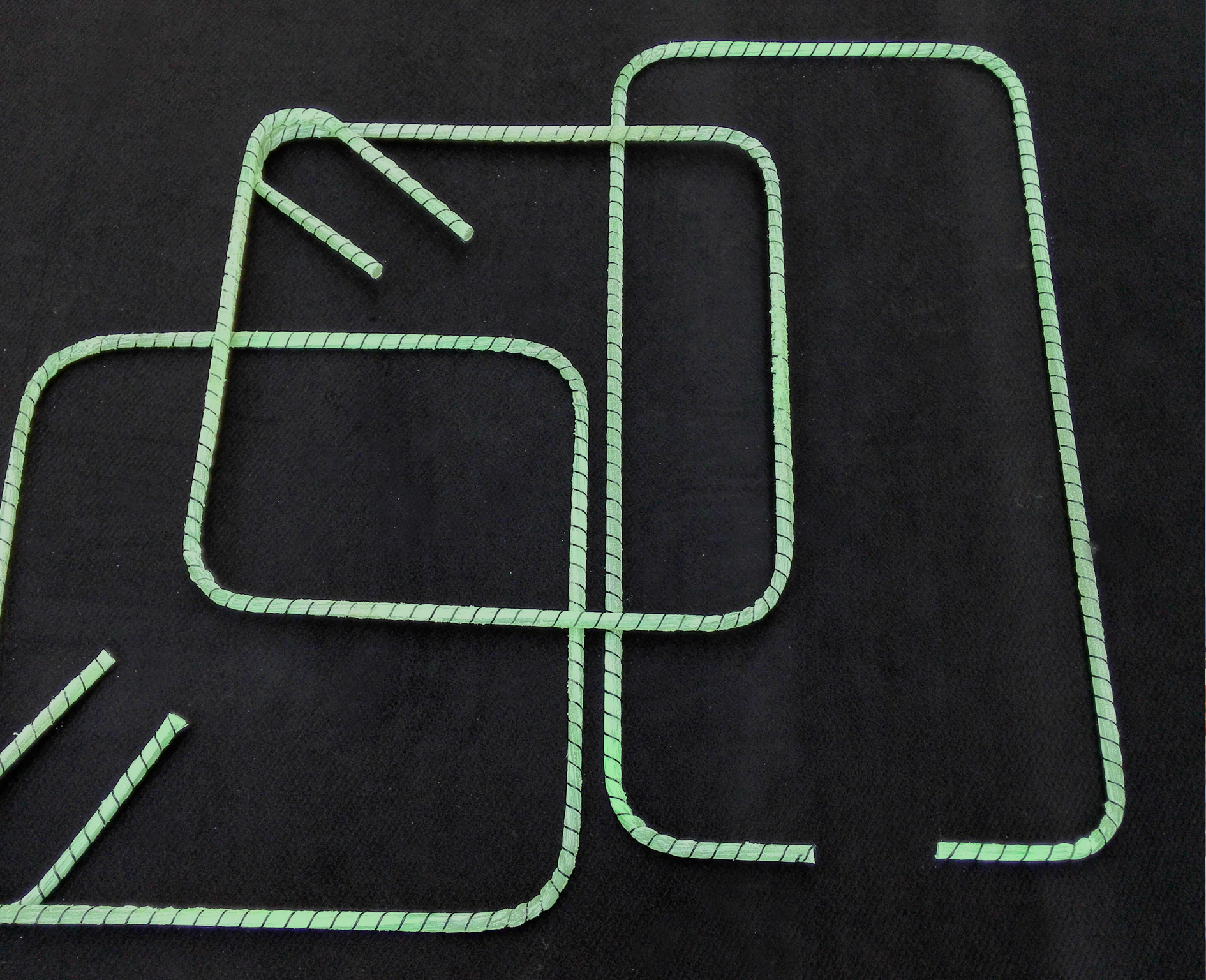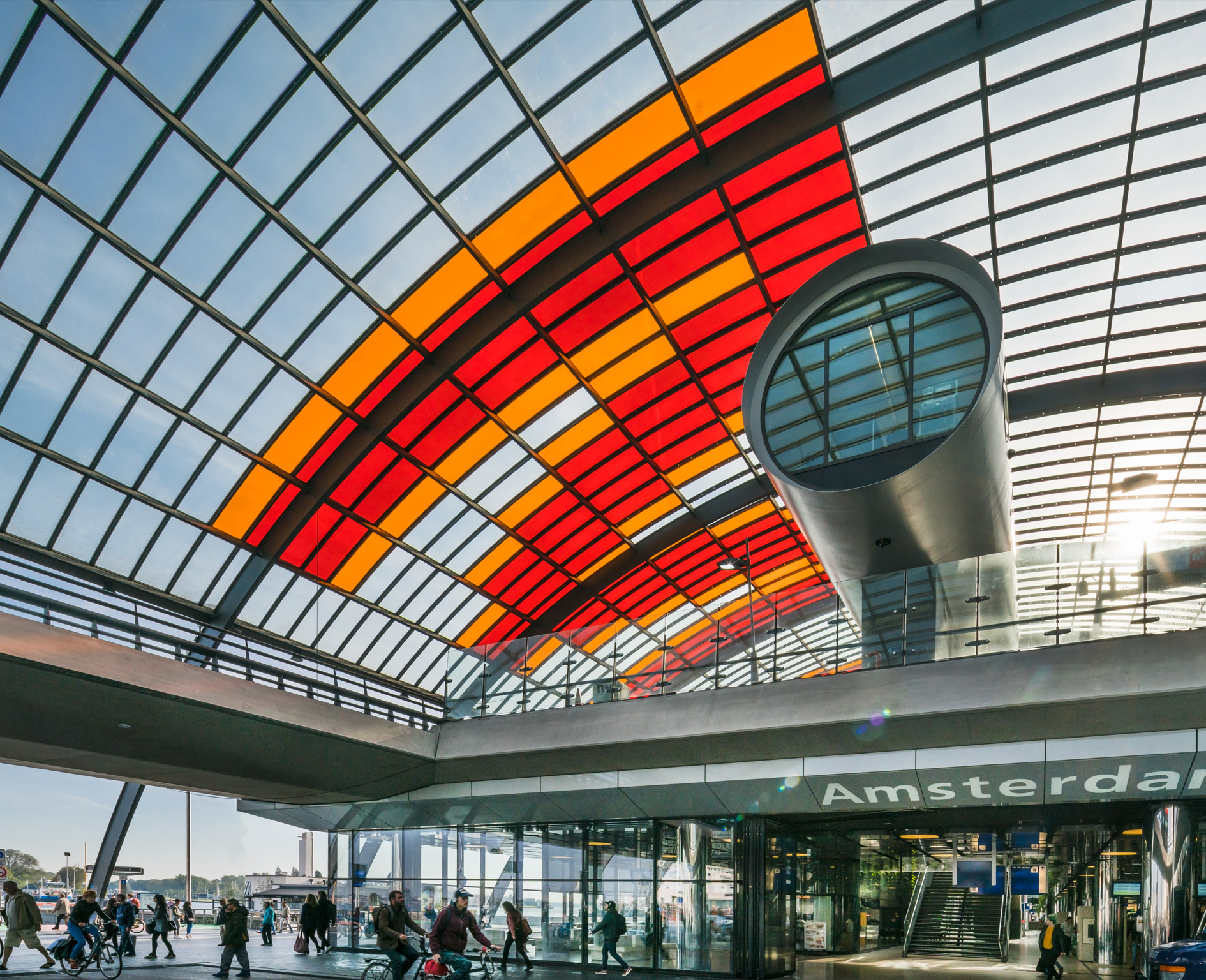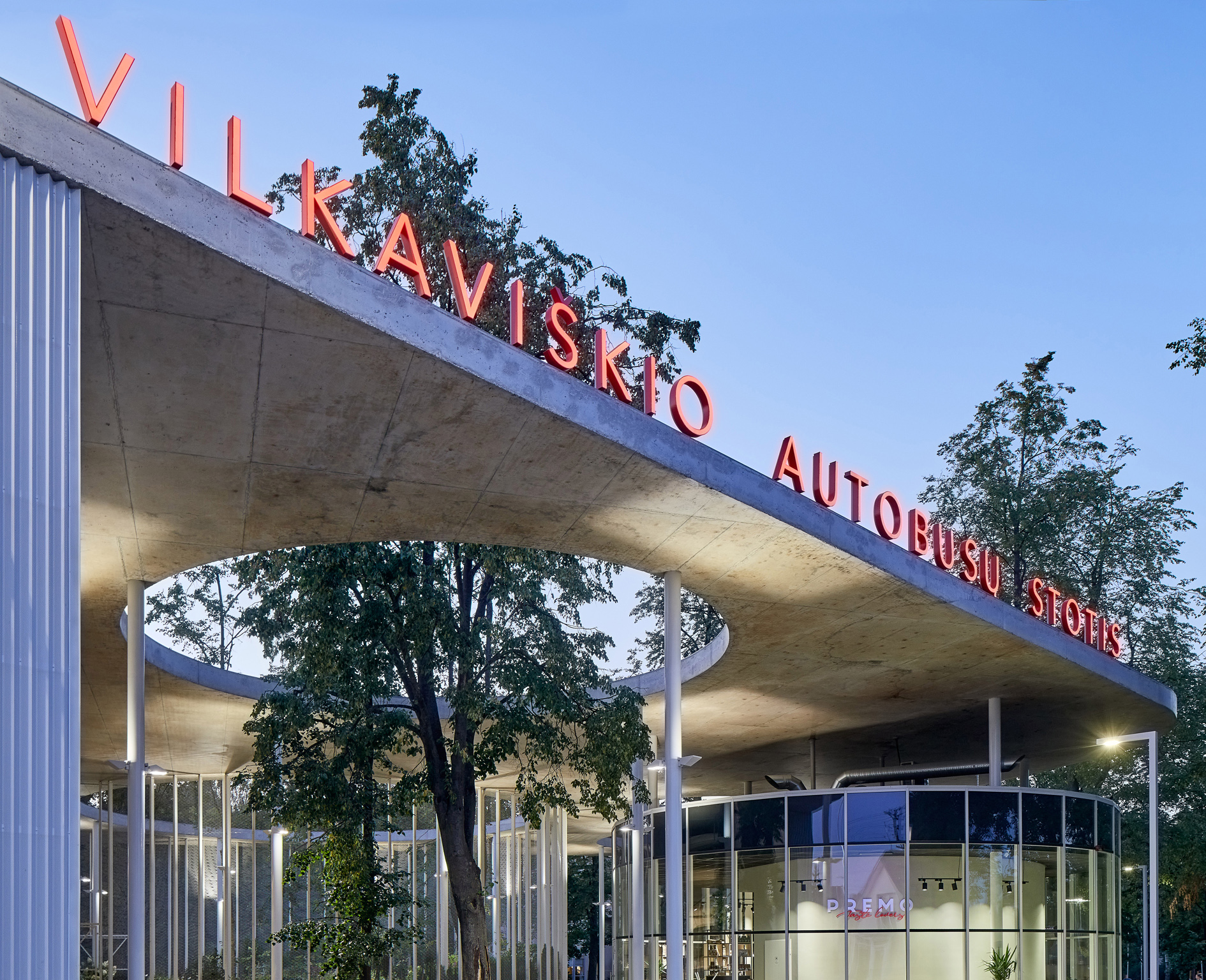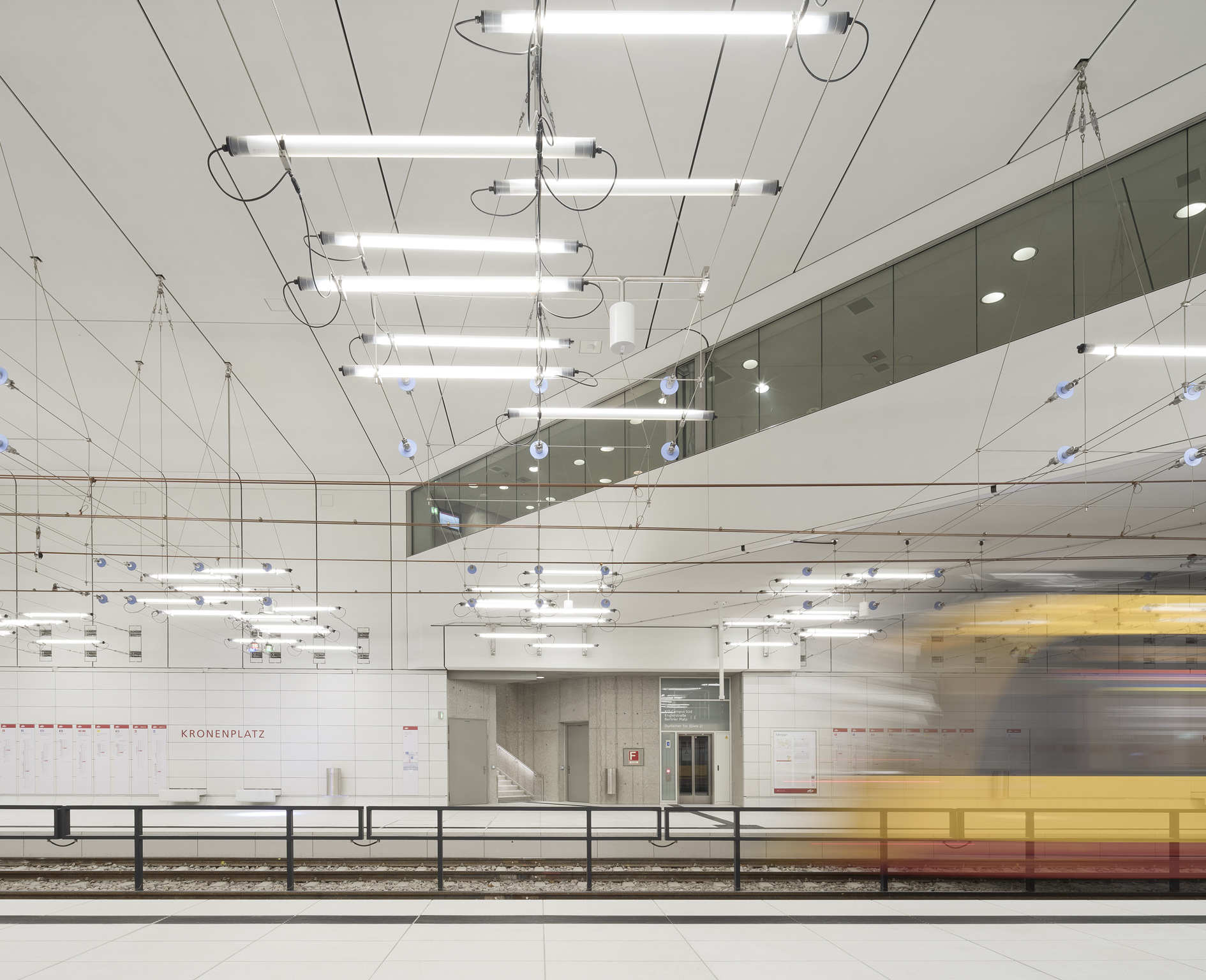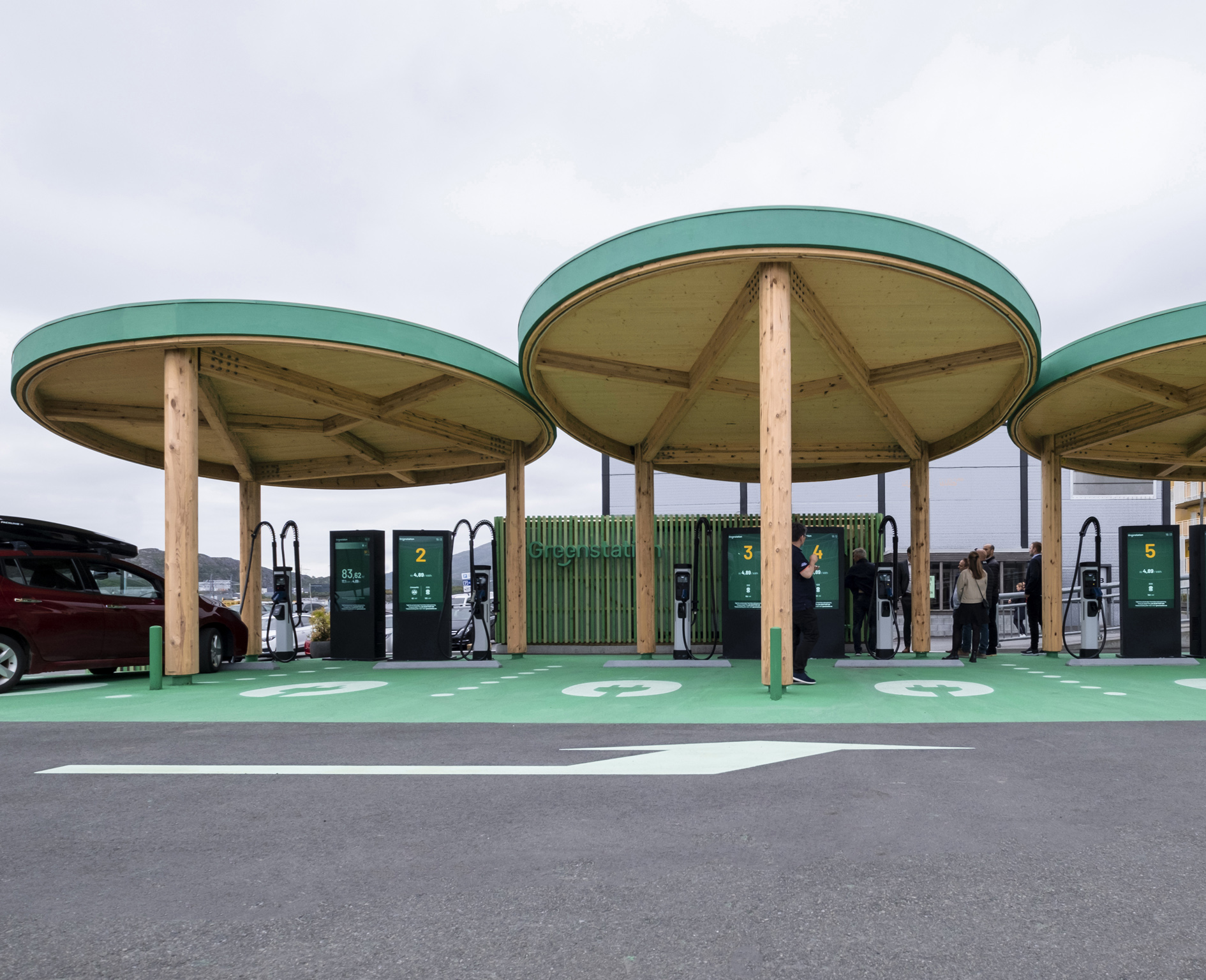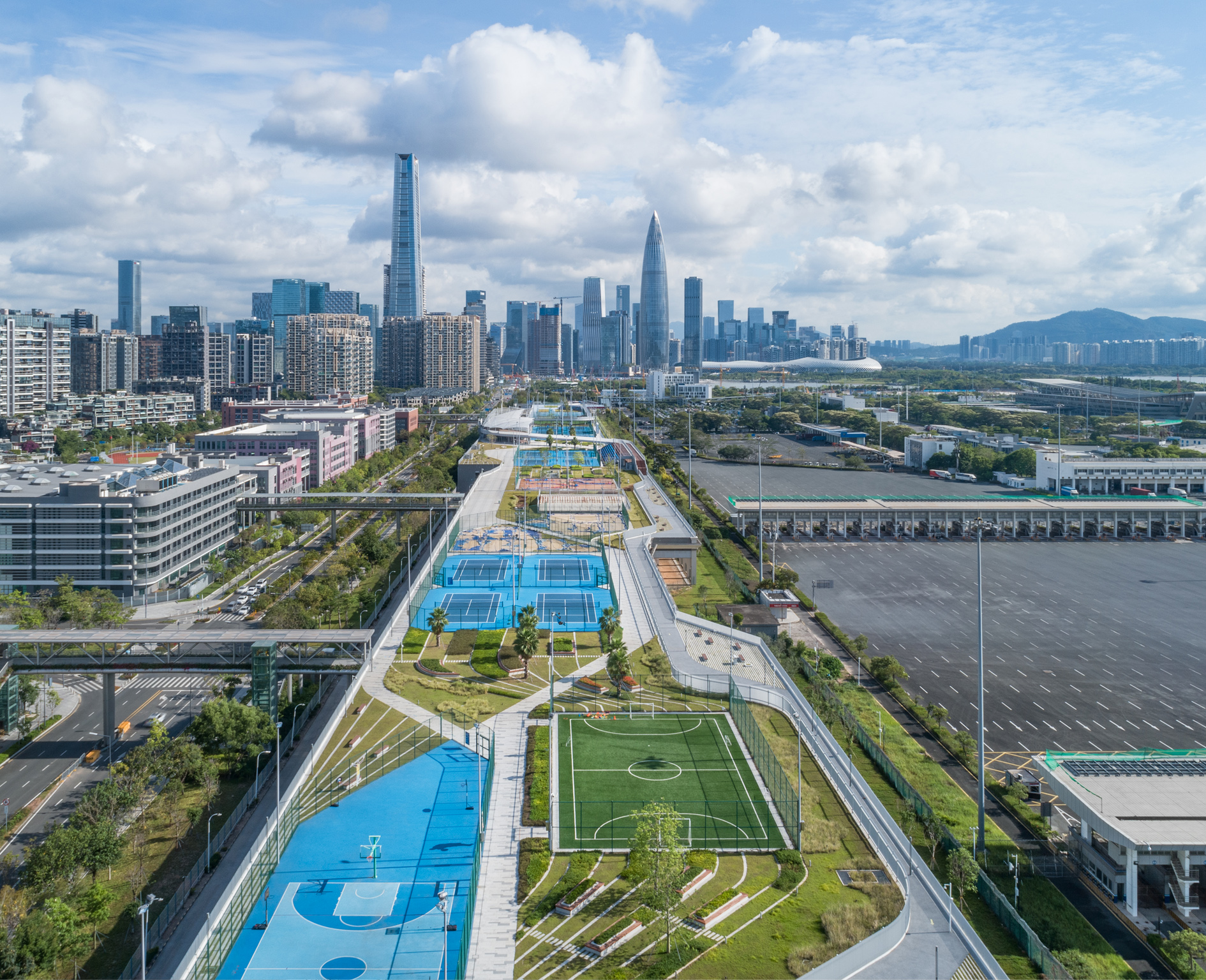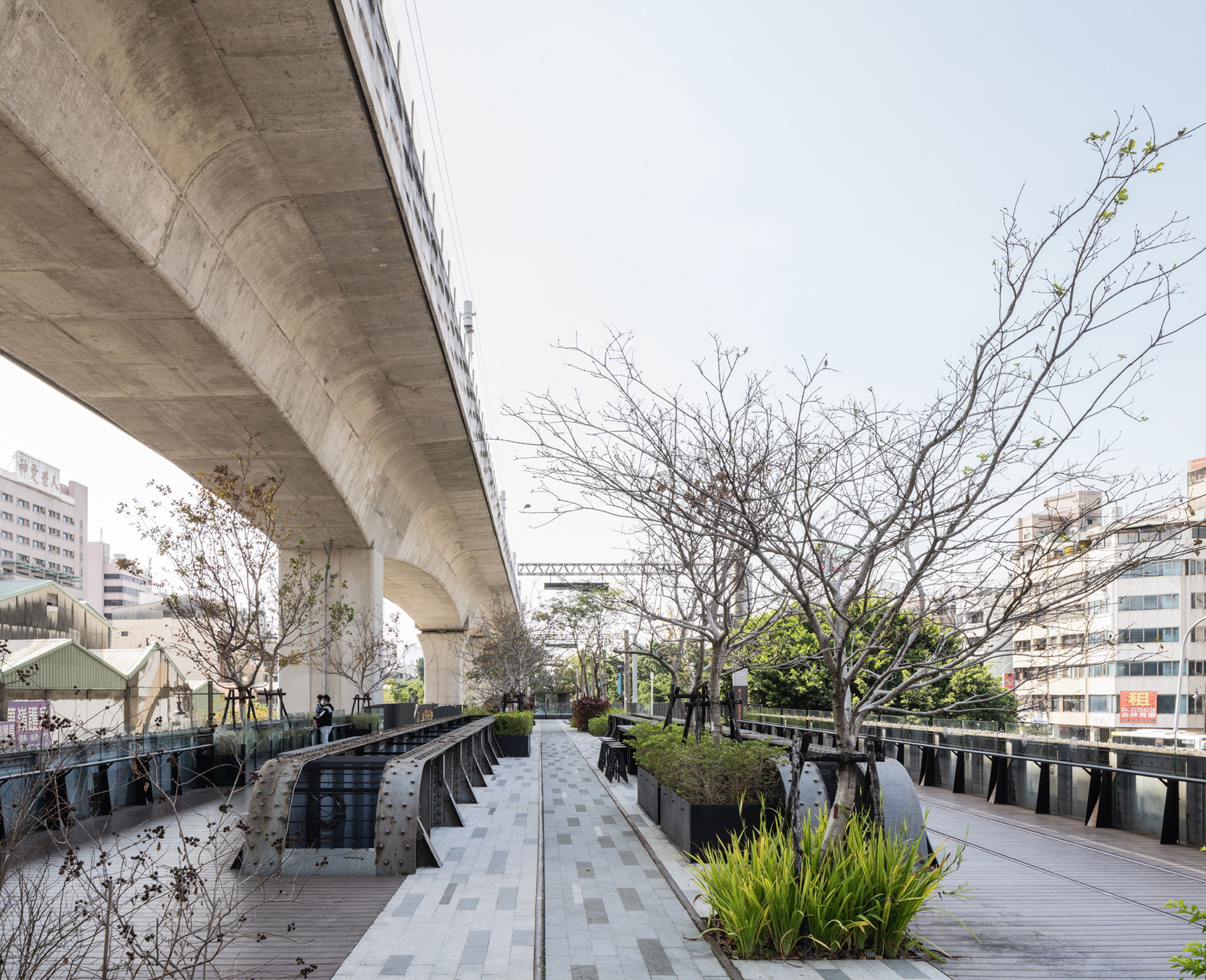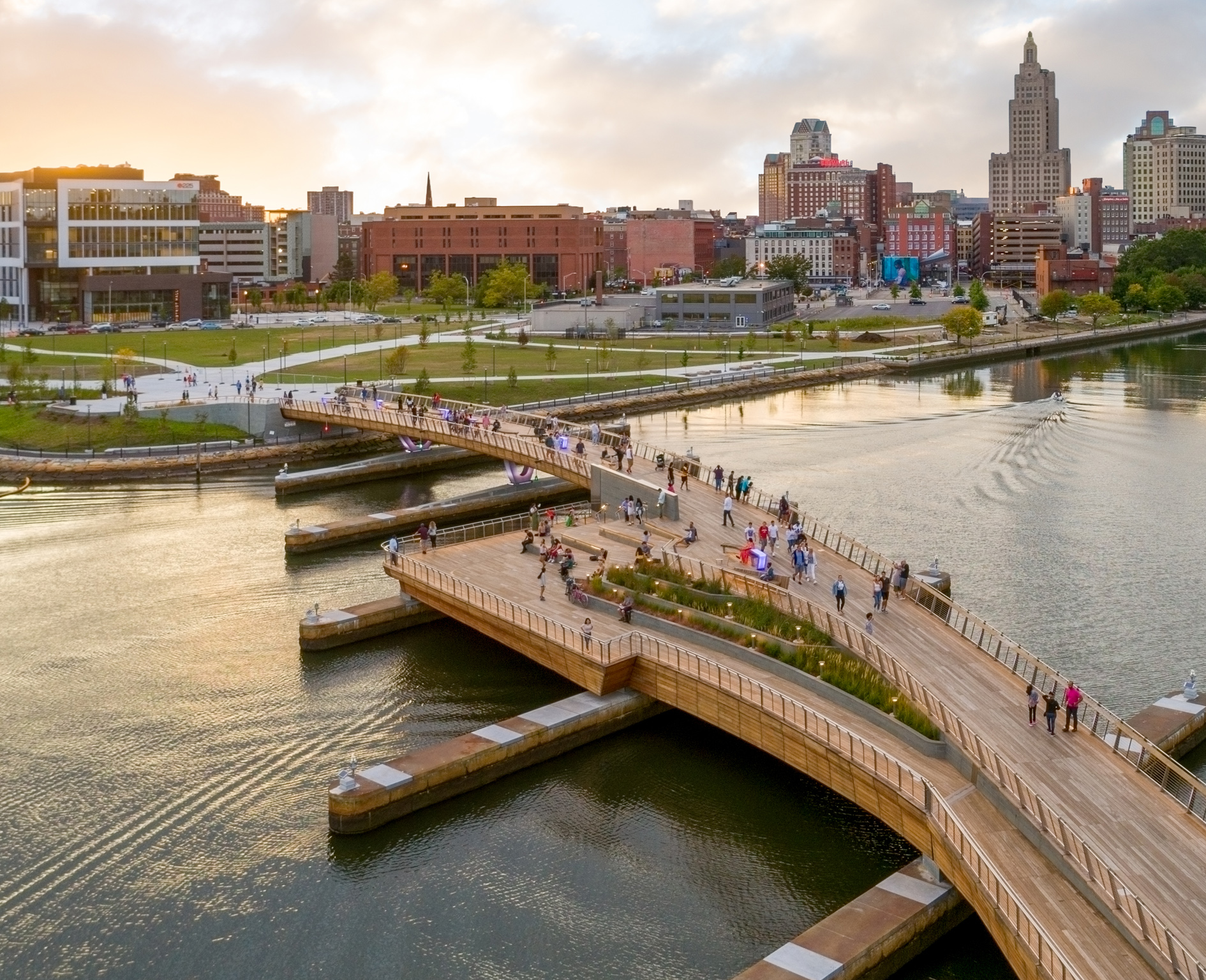RETHINKING INFRASTRUCTURES: WHAT ROLE IN CONSTRUCTING THE TERRITORY, LANDSCAPE AND CITIES?
introduction
Carmen Andriani
Today, what do we mean by infrastructures? How can we develop this word and adapt it to the contemporary reality, which is increasingly complex and different? What role do they play in constructing the territory, landscape and cities? How do they impact the wide item of public works and development strategies in a country? How flexible are they with respect to the frail conditions of the planet and the structural changes we are facing? The concept of infrastructure entails the good functioning of territory; it involves all the material and immaterial devices needed to increase its energies, productively channeling them in a systemic vision. Infrastructures create networks and establish relationships: they are a wider context’s visible and invisible armors. Their relationship with the anthropic landscape, local economies and development strategies has been researched since the ‘60s when Vittorio Gregotti was the first to explain that architecture could not remain above the construction of the form of territory and that the concept of anthropogeographic environment broadened its field to geography, soil topography and exploitation, and man-environment interactions. This key anticipated a standpoint that progressively strengthened in the following decades, adapting to the subsequent interpretations in urban planning and politics. This debate took moves from the concept of territorial palimpsest, where the concept of infrastructure was stressed as a territorial armor and an indivisible asset.

